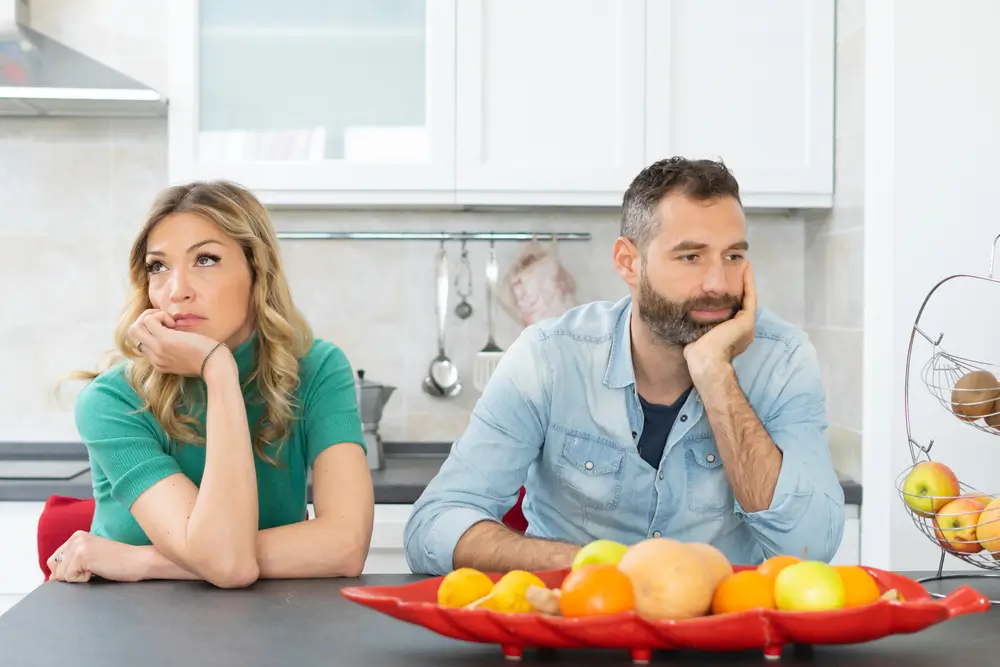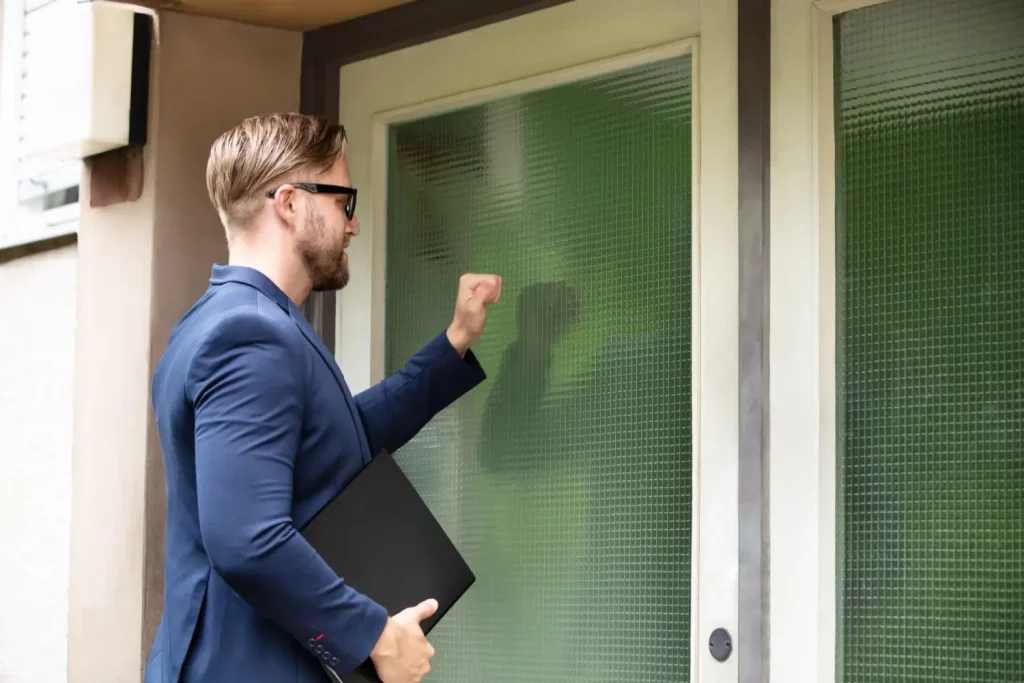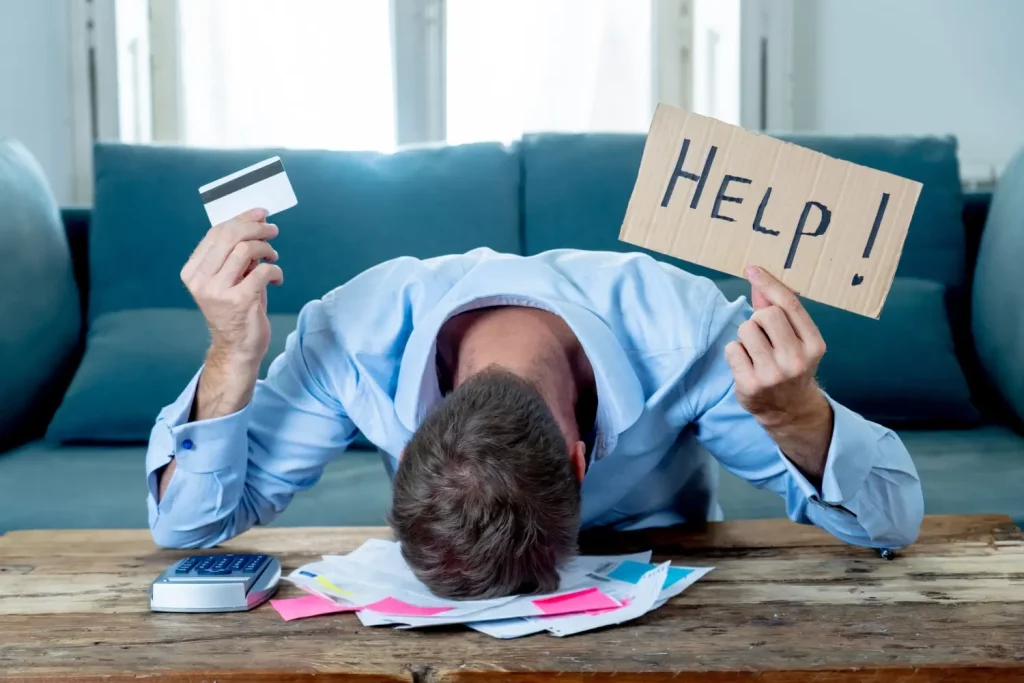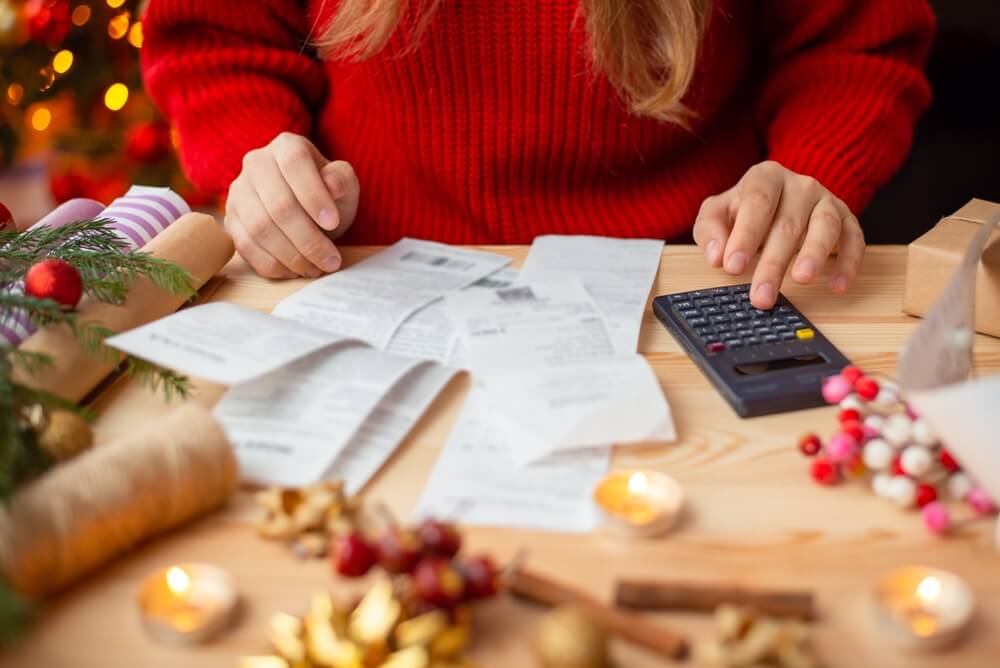If you’ve declared bankruptcy, you’re probably worried about whether you can keep your home and car. There is no quick answer to this question as it depends on a lot of different factors, including how much you owe, how much equity is in your home or car, and their current value. Let’s explore this a little further…
Key Points
- Keeping your house during bankruptcy in Ontario
- Keeping your car during bankruptcy in Ontario
- Scenarios of how to keep your car and home during bankruptcy
- Bankruptcy advice from the professionals
Keeping your house during bankruptcy in Ontario
In Ontario, your house or principal residence is exempt from seizure if the equity in it is not more than $10,000. So, for example, if you have a house worth $500,000 and your mortgage is $495,000, your home is exempt from seizure because your equity is less than $10,000.
If the amount of equity in your home is greater than $10,000, it technically belongs to your Licenced Insolvency Trustee. They will use this to repay your debts, but you can buy the equity back. This will be spread over an agreed-upon period of time so that you can keep your house. If you can’t afford to buy the equity back from the house, then you may have to sell or refinance it.
Keeping your car during bankruptcy in Ontario
During bankruptcy in Ontario, keeping your car depends on a few factors. There is a bankruptcy exemption for a motor vehicle to the value of $6,600. This means that if the value of your car is less than $6,600, then it will not be seized as part of your bankruptcy proceedings.
If your vehicle is worth more than the $6,600, it will be included in your bankruptcy. However, like with your house, you have the opportunity to buy it back off your Trustee over an agreed period of time.
If your car is financed or leased, then you can still keep your car during bankruptcy as long as you keep paying your car payments.
Find out more about debt solutions for car loans
Scenarios of how to keep your car and home during bankruptcy
Let’s use a few hypothetical scenarios to see where it may be possible to keep a property or vehicle during bankruptcy:
Scenario 1
Your home has $25,000 of equity in it and a mortgage of $300,000. Your car is leased through Honda Finance Canada.
Possible outcome
Given that you have $25,000 in home equity, you would have to buy this back from your Trustee to keep your house. As the car is leased and there is no equity, you can keep the car as long as you stay up to date with the repayments.
Scenario 2
Your primary residence is fully mortgaged and you have $0 of equity in the home. Your car is leased from Kia and you have $0 of equity in it. You own a small condo in Cottage Country worth $100,000 and have no mortgage on that property.
Possible outcome
Your primary residence is exempt as you have less than $10,000 of equity, but your condo isn’t because it is not your primary residence and it has £100,000 in equity. Therefore, you will either have to buy back the entire $100,000 of equity from the Trustee or let them sell the property for the benefit of the creditors.Your vehicle is exempt as it is leased, just make sure you make your payments on time.
Bankruptcy advice from the professionals
If you’re going through bankruptcy, or considering it as an option, you’ll need a professional on your side that you can trust.
At Harris & Partners, we’ve been successfully helping people to navigate the complexities of bankruptcy for over forty years. For more information on how we can help you understand your bankruptcy options, please contact our Licensed Insolvency Trustees.












